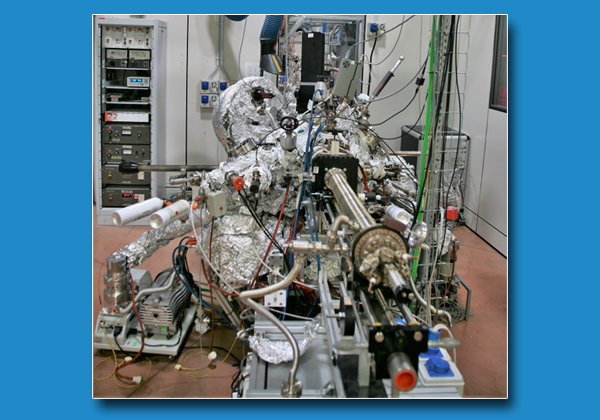
Paolo Moras -
Polina Sheverdyaeva-
Matteo Jugovac -
Luisa Ferrari -
Alessandro Barla -
Fabio Zuccaro -
Carlo Carbone -
Research Activities
Our group investigates the electronic and magnetic structure of functional materials through photoemission and absorption spectroscopies, photoelectron diffraction and magnetic dichroism. The state-of-the-art instrumentation available in Trieste at the Elettra synchrotron, combined with the high brightness and tunability of the synchrotron light, allows detailed analysis of the valence band, Fermi surface, core levels and absorption thresholds, which are crucial to understand the chemical, electronic, magnetic and transport properties of functional materials. Current fields of scientific interest of our group are two-dimensional materials, such as graphene, silicene and antimonene, topological materials, high spin-orbital coupling magnetic systems and self-assembled molecular films.
"Synthesis of mesoscale ordered 2D π-conjugated polymers with semiconducting properties"
Nature Materials (2020)
A second activity of the group consists in the study of the magnetic properties of single atoms and small aggregates adsorbed or encapsulated in materials with great potential for technological application (graphene and other two-dimensional materials, topological insulators, multiferroic oxides). These systems represent the extreme limit of miniaturization in the field of magnetic information storage and are potential components of quantum computers. For these studies, we use the currently available most sensitive techniques, such as scanning tunneling microscopy (through collaborations) and magnetic X-ray dichroism, with which we can determine the stability of the magnetic state in the studied systems. The dichroism measurements exploit the state-of-the-art instrumentation available at several European synchrotrons and which is also expected to be developed in Trieste as part of the Elettra 2.0 project. Finally, our group has advanced skills in the design of beamlines and instrumentation for experiments with synchrotron light, acquired both in the context of the management and development of the CNR-ISM beamlines in Trieste, and in the construction of the Spanish synchrotron ALBA.
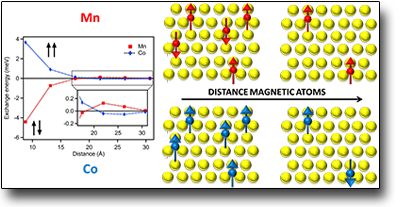
"Towards microscopic control of the magnetic exchange coupling atthe surface of a topological insulator
J. Phys.: Mater. 1, 015002 (2018)
Instrumentation
ARPES XAS@VUV PED@VUV Preparation@VUV Photoemission
Collaborations
- G. Bihlmayer, S. Blügel, Forschungszentrum Jülich, Jülich, Germany
- P. Gambardella, ETH Zurigo, Switzerland
- S. Rusponi, M. Pivetta, H. Brune, EPFL Losanna, Switzerland
- M. Bode, University of Würzburg, Würzburg, Germany
- I. Matsuda, The University of Tokyo, Tokyo, Japan
- K. Maiti, Tata Institute of Fundamental Research, Mumbai, India
- T.O. Menteş, A. Locatelli, L. Petaccia, Sincrotrone Trieste, Trieste, Italy
- J. Fontcuberta, ICMAB, Barcellona, Spain
- R. Flammini, S, Colonna, F. Ronci, C. Hogan, G. Contini, CNR-ISM, Roma, Italy
- M. Papagno, D. Pacilé, Università della Calabria, Arcavacata di Rende (CS), Italy
- M. Izquierdo, S. Molodtsov, European XFEL GmbH, Hamburg, Germany
- A. Mugarza, J. Santiso, ICN2 Barcellona, Spain
- S. K. Mahatha, DESY, Hamburg, Germany
- F. Donati, IBS Center for Quantum Nanoscience Seoul, South Corea
- M. A. Valbuena, IMDEA, Madrid, Spain
- G. Fratesi, G. Onida. Università degli Studi di Milano, Milano, Italy
- E. Magnano, F. Bondino, CNR-IOM, Trieste, Italy
- P. Orgiani, CNR-SPIN, Trieste, Italy
- V. Bellini, CNR-NANO, Modena, Italy
- E. Vescovo, A. K. Kundu, NSLS II, New York, USA
- S. Gardonio, University of Nova Gorica, Ajdovščina, Slovenia
- L. Persichetti, Università Roma Tre, Rome, Italy
- A. I. Shick, J. Kolorenč, CAS, Prague, Czech Republic

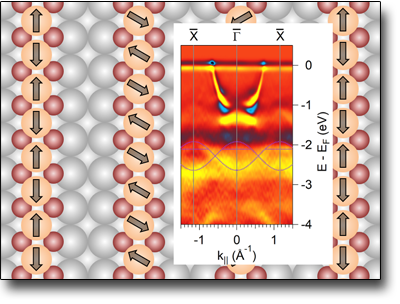
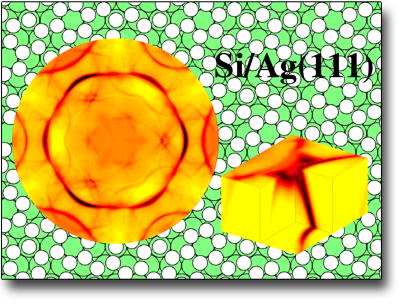
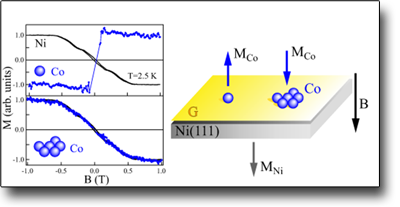
 English (UK)
English (UK)  Italiano (Italia)
Italiano (Italia)